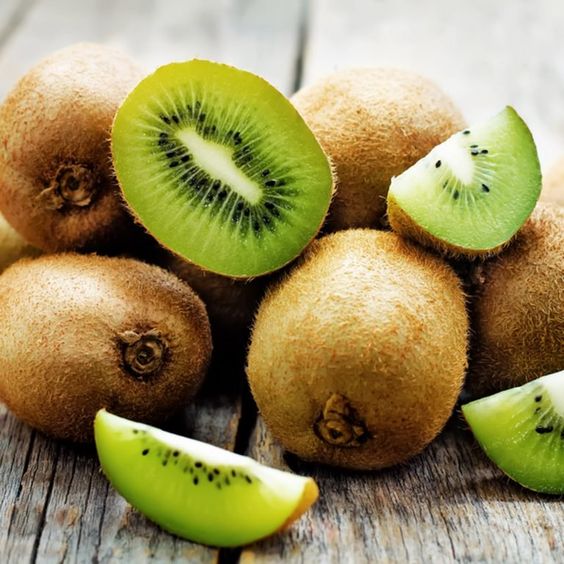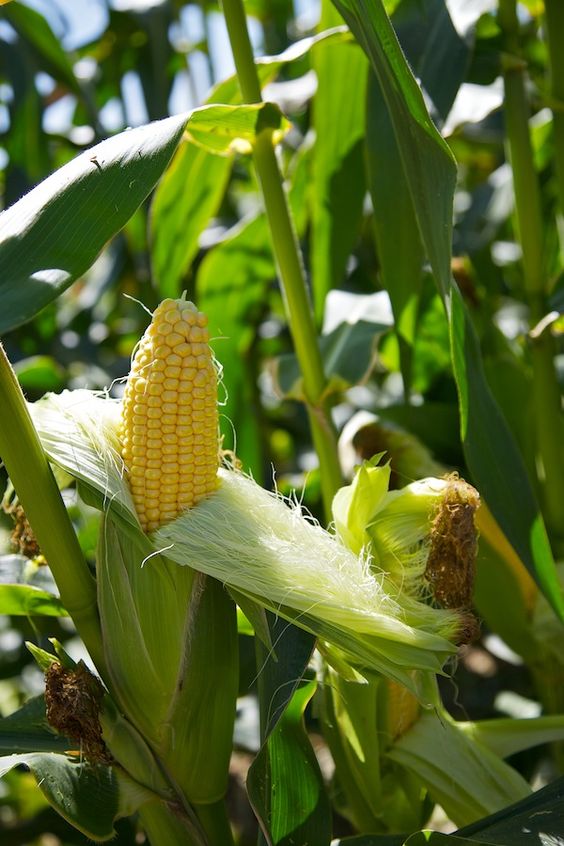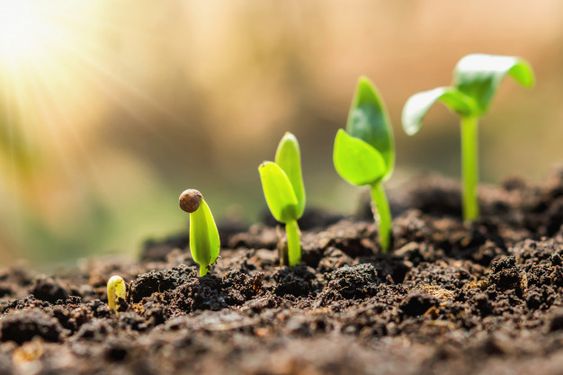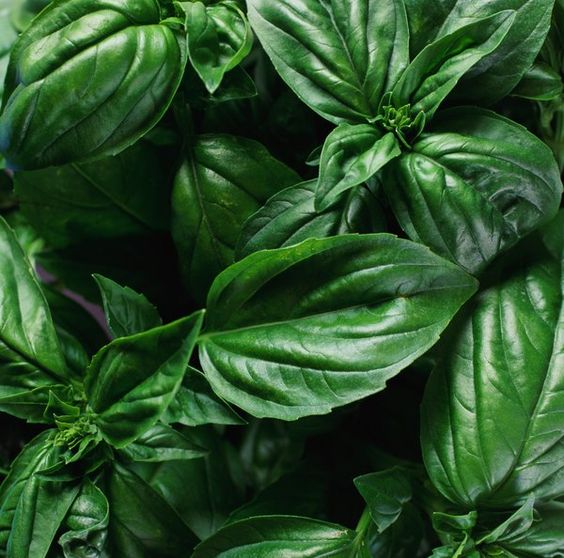Kiwi Cultivation: Comprehensive Guide to Growing and Harvesting Kiwi Successfully
Kiwi cultivation has garnered significant attention in recent years due to the fruit’s exceptional nutritional profile, unique taste, and versatility. Originally native to China, kiwi (Actinidia deliciosa) has grown in popularity worldwide, with notable cultivation in New Zealand, Italy, and various other regions. This comprehensive guide explores kiwi cultivation in detail, focusing on its benefits, goals, techniques, challenges, and future research opportunities.
Kiwi, often referred to as the Chinese gooseberry, is celebrated for its vibrant green flesh and distinctive flavor. Its high vitamin C content, coupled with a variety of other nutrients, makes it a valuable addition to any diet. Kiwi cultivation involves understanding the specific needs of the plant, including climate, soil, and care requirements.
Contents
- 1 Benefits of Kiwi Cultivation
- 2 Goals of Kiwi Cultivation
- 3 Key Considerations for Kiwi Cultivation
- 4 Cultivation Techniques
- 5 Challenges in Kiwi Cultivation
- 6 Ideas and Topic Suggestions for Further Research
- 7 Advanced Cultivation Techniques
- 8 Post Harvest Management
- 9 Market Trends and Consumer Preferences
Benefits of Kiwi Cultivation
1. Nutritional Value
Kiwi is packed with essential nutrients that contribute to overall health:
- Vitamin C: Kiwi is one of the richest sources of vitamin C, which is crucial for a robust immune system, healthy skin, and the absorption of iron.
- Vitamin K: This vitamin supports bone health and helps in blood clotting.
- Fiber: Kiwi provides dietary fiber that aids in digestion, supports weight management, and helps maintain heart health.
- Antioxidants: The fruit contains antioxidants like lutein and zeaxanthin, which protect cells from damage and support eye health.
2. Economic Advantages
Kiwi cultivation presents several economic benefits:
- High Market Value: Kiwi’s popularity and nutritional value contribute to its high market price, making it a potentially profitable crop.
- Export Opportunities: Countries with suitable growing conditions can export kiwi to international markets, diversifying their agricultural exports and boosting local economies.
- Job Creation: Kiwi farming creates employment opportunities in rural areas, from planting and maintenance to harvesting and marketing.
3. Environmental Benefits
Growing kiwi offers several environmental advantages:
- Soil Erosion Control: Kiwi vines have extensive root systems that help stabilize soil and prevent erosion.
- Biodiversity: Kiwi cultivation can enhance local biodiversity by providing habitat for pollinators and other beneficial insects.
- Sustainable Practices: Implementing sustainable farming practices, such as organic farming and integrated pest management, can minimize environmental impact.

Goals of Kiwi Cultivation
1. Achieving Optimal Fruit Quality
Producing high-quality kiwi fruit involves:
- Flavor and Texture: Ensuring the fruit is flavorful and has the desired texture.
- Appearance: Meeting market standards for size, color, and overall appearance.
- Nutritional Content: Maximizing the fruit’s nutritional benefits.
2. Maximizing Yield
Maximizing yield per hectare involves:
- Effective Vine Management: Managing vine growth and training to optimize fruit production.
- Disease and Pest Control: Implementing strategies to prevent and control pests and diseases.
- Resource Efficiency: Using water and nutrients efficiently to support healthy vine growth.
3. Sustainable Practices
Promoting sustainable practices includes:
- Minimizing Chemical Use: Reducing reliance on synthetic pesticides and fertilizers.
- Water Conservation: Implementing efficient irrigation systems to conserve water.
- Soil Health: Using practices that maintain and improve soil fertility.
Key Considerations for Kiwi Cultivation
1. Climate Requirements
Kiwi plants have specific climate needs:
- Temperature: Kiwi vines require a temperate climate with a distinct winter chilling period to break dormancy. Ideal temperatures range between 10°C to 25°C. Frost protection is crucial during flowering and fruit-setting stages.
- Rainfall: Adequate rainfall is essential, but excessive moisture can lead to root rot and other issues. Proper drainage is crucial to prevent waterlogging.
2. Soil Conditions
Kiwi plants thrive in:
- Well-Drained Soil: They prefer well-drained soils to prevent root diseases. Sandy loam or loamy soils are ideal.
- pH Level: Soil pH should be between 5.5 and 6.5. Testing soil and adjusting pH levels can improve plant health and productivity.
- Organic Matter: Incorporating organic matter, such as compost, can enhance soil fertility and structure.
3. Watering Needs
Kiwi vines need consistent moisture, but:
- Avoid Overwatering: Too much water can lead to root rot. Implementing a drip irrigation system can help manage water supply efficiently.
- Drought Stress: During dry periods, ensure adequate water to prevent stress and maintain healthy growth.
4. Pollination
Kiwi plants are dioecious, meaning:
- Male and Female Plants: Both male and female plants are needed for successful pollination. Typically, one male plant is required for every six to eight female plants.
- Pollination Methods: Bees and other pollinators are essential for transferring pollen from male to female flowers. In some cases, hand pollination may be necessary.
5. Pest and Disease Management
Effective management includes:
- Pest Control: Monitor for pests like spider mites, aphids, and scale insects. Use integrated pest management strategies, including biological control and organic pesticides.
- Disease Prevention: Common diseases include bacterial canker and powdery mildew. Implement practices like proper spacing, good air circulation, and disease-resistant varieties to manage these issues.

Cultivation Techniques
1. Site Preparation
Site preparation is crucial for successful cultivation:
- Selection: Choose a site with adequate sunlight, good air circulation, and protection from strong winds.
- Soil Preparation: Test and improve soil conditions. Clear weeds and incorporate organic matter to enhance soil fertility and drainage.
2. Planting
Planting involves:
- Timing: Plant kiwi vines in spring or fall when soil temperatures are favorable.
- Spacing: Space plants 3-4 meters apart to allow for their vigorous growth and ensure adequate air circulation.
- Planting Depth: Plant at the same depth as in the nursery to avoid root issues.
3. Training and Pruning
Training and pruning help manage vine growth:
- Trellis System: Use a trellis or support system to train vines and improve air circulation.
- Pruning: Regularly prune to remove dead or diseased wood, manage vine size, and promote healthy fruit production. Prune in late winter or early spring before new growth begins.
4. Fertilization
Proper fertilization supports vine health:
- Balanced Fertilizer: Apply a complete fertilizer in early spring and mid-summer to support growth and fruiting.
- Organic Amendments: Use compost or well-rotted manure to improve soil fertility and provide essential nutrients.
5. Harvesting
Harvesting involves:
- Timing: Harvest kiwi fruit when it reaches full size but is still firm. The fruit can be allowed to ripen off the vine to develop optimal flavor and texture.
- Handling: Handle fruit carefully to avoid bruising. Store harvested fruit in a cool, dry place to extend shelf life.
Challenges in Kiwi Cultivation
1. Climate Sensitivity
Kiwi plants are sensitive to extreme temperatures and frost:
- Frost Protection: Use methods like row covers or windbreaks to protect plants from frost. Select frost-resistant varieties if necessary.
- Climate Adaptation: Research and choose varieties suited to your local climate to improve success rates.
2. Pest and Disease Management
Effective pest and disease management is critical:
- Monitoring: Regularly inspect plants for signs of pests and diseases. Implement control measures promptly to prevent spread.
- Integrated Management: Use a combination of cultural, biological, and chemical controls to manage pest and disease issues effectively.
3. Labor and Maintenance
Kiwi cultivation can be labor-intensive:
- Pruning and Training: Regular pruning and vine training require significant time and effort. Ensure a reliable labor force or use mechanized solutions where feasible.
- Harvesting: Harvesting kiwi is a delicate process that requires careful handling to avoid damage.
Ideas and Topic Suggestions for Further Research
1. Varietal Development
Researching new kiwi varieties can provide:
- Disease Resistance: Developing varieties resistant to common pests and diseases.
- Improved Flavor and Texture: Breeding for better flavor profiles and texture.
- Climate Adaptability: Creating varieties that thrive in different climatic conditions.
2. Advanced Irrigation Techniques
Exploring innovative irrigation methods includes:
- Precision Irrigation: Implementing technologies that deliver water precisely where and when it is needed.
- Rainwater Harvesting: Capturing and using rainwater for irrigation to reduce reliance on groundwater.
3. Soil Health Management
Improving soil health through:
- Cover Cropping: Using cover crops to enhance soil fertility and prevent erosion.
- Reduced Tillage: Implementing reduced tillage practices to maintain soil structure and health.
4. Pest and Disease Control
Developing new control methods includes:
- Biopesticides: Researching natural or biological pest control options.
- Resistant Cultivars: Breeding kiwi plants with enhanced resistance to pests and diseases.
5. Market Trends and Consumer Preferences
Studying market trends involves:
- Emerging Products: Exploring opportunities for processed kiwi products, such as dried kiwi or kiwi-based beverages.
- Organic Options: Investigating the demand for organically grown kiwi and developing strategies to meet consumer preferences.
Advanced Cultivation Techniques
1. Soil Health and Fertility Management
Maintaining soil health is fundamental for productive kiwi cultivation:
- Soil Testing: Regular soil testing helps monitor nutrient levels and pH balance. This information guides fertilization and soil amendment practices.
- Organic Matter: Incorporate organic matter such as compost, aged manure, or green manure to enhance soil fertility and structure. Organic matter improves soil aeration, water-holding capacity, and nutrient availability.
- Cover Cropping: Planting cover crops during the off-season can prevent soil erosion, suppress weeds, and improve soil health. Cover crops such as legumes can also fix nitrogen in the soil, reducing the need for synthetic fertilizers.
2. Precision Agriculture
Precision agriculture involves using technology to optimize farming practices:
- Soil Moisture Sensors: These sensors provide real-time data on soil moisture levels, allowing for precise irrigation management and reducing water waste.
- Drones and Remote Sensing: Drones and satellite imagery can monitor crop health, detect pests, and assess soil conditions. This technology enables timely interventions and improves overall farm management.
- Variable Rate Fertilization: This technique uses data to apply fertilizers at varying rates across different parts of the field, ensuring that each area receives the appropriate amount of nutrients.
3. Integrated Pest Management (IPM)
IPM is a holistic approach to pest control:
- Monitoring: Regularly inspect kiwi vines for signs of pests and diseases. Use traps and visual inspections to identify pest populations early.
- Biological Control: Introduce natural predators or parasites that target specific pests. For example, releasing ladybugs can help control aphid populations.
- Cultural Practices: Implement practices such as crop rotation, proper sanitation, and resistant plant varieties to reduce pest pressure.
4. Climate Adaptation Strategies
Adapting to climate variability is crucial for successful kiwi cultivation:
- Microclimate Management: Utilize windbreaks, shade cloths, and other structures to modify the local microclimate and protect kiwi vines from extreme temperatures and weather events.
- Water Management: Implement rainwater harvesting systems and efficient irrigation techniques to ensure a stable water supply during periods of drought or irregular rainfall.
- Heat and Frost Protection: Use frost fans, heaters, or row covers to protect plants from frost damage. Shade nets can help mitigate heat stress during hot periods.

Post Harvest Management
Effective post-harvest management ensures that kiwi fruit reaches consumers in optimal condition:
1. Harvesting Techniques
- Timing: Harvest kiwi when it is mature but still firm. Overripe fruit is prone to damage and spoilage.
- Handling: Kiwi Cultivation,Handle fruit carefully to avoid bruising. Use cushioned containers and avoid dropping or rough handling during transport.
- Ripening: Kiwi Cultivation can be ripened off the vine in controlled environments. Store fruit at cool temperatures and allow it to ripen gradually. Ethylene gas can be used to accelerate ripening if needed.
2. Storage
- Temperature: Kiwi Cultivation,Store harvested kiwi at temperatures between 0°C and 4°C to prolong shelf life. Proper refrigeration can help maintain fruit quality.
- Humidity: Kiwi Cultivation,Maintain appropriate humidity levels to prevent fruit from drying out or becoming too moist. A relative humidity of 90-95% is ideal for kiwi storage.
- Packaging: Kiwi Cultivation,Use well-ventilated packaging materials to reduce the risk of spoilage. Packaging should also protect the fruit from physical damage during transit.
3. Processing and Value Addition
- Processing: Kiwi Cultivation,Consider processing kiwi into products such as dried kiwi, juice, or jams. Processing can extend the fruit’s shelf life and create additional revenue streams.
- Value Addition: Kiwi Cultivation,Explore opportunities to add value through organic certification, specialty varieties, or premium packaging to attract niche markets.
Market Trends and Consumer Preferences
Kiwi Cultivation,Understanding market trends and consumer preferences can guide kiwi cultivation and marketing strategies:
1. Consumer Demand
- Health Consciousness: Kiwi Cultivation,Consumers increasingly seek nutrient-rich foods, and kiwi’s high vitamin C and fiber content align with health trends.
- Organic Products: There is growing demand for organic kiwi due to concerns about pesticide residues and environmental impact. Consider adopting organic farming practices to tap into this market.
2. Product Innovation
- New Varieties: Kiwi Cultivation,Introduce new kiwi varieties with unique flavors, colors, or textures to appeal to diverse consumer preferences.
- Convenience Products: Kiwi Cultivation,Develop convenience products such as pre-sliced kiwi or kiwi-based snacks to cater to busy lifestyles.
3. Global Market Opportunities
- Export Markets: Kiwi Cultivation,Explore opportunities in international markets where kiwi is in demand. Conduct market research to identify potential export destinations and understand local preferences.
- Marketing Strategies: Kiwi Cultivation,Implement effective marketing strategies to promote kiwi, including digital marketing, social media campaigns, and participation in trade shows and exhibitions.
Kiwi cultivation offers numerous benefits, from its nutritional value and economic potential to its environmental advantages. Understanding the specific needs of kiwi plants and implementing best practices in cultivation can lead to successful and profitable farming. By addressing challenges and exploring research opportunities, farmers can enhance kiwi production and contribute to the growth of this valuable crop in the agricultural sector.




